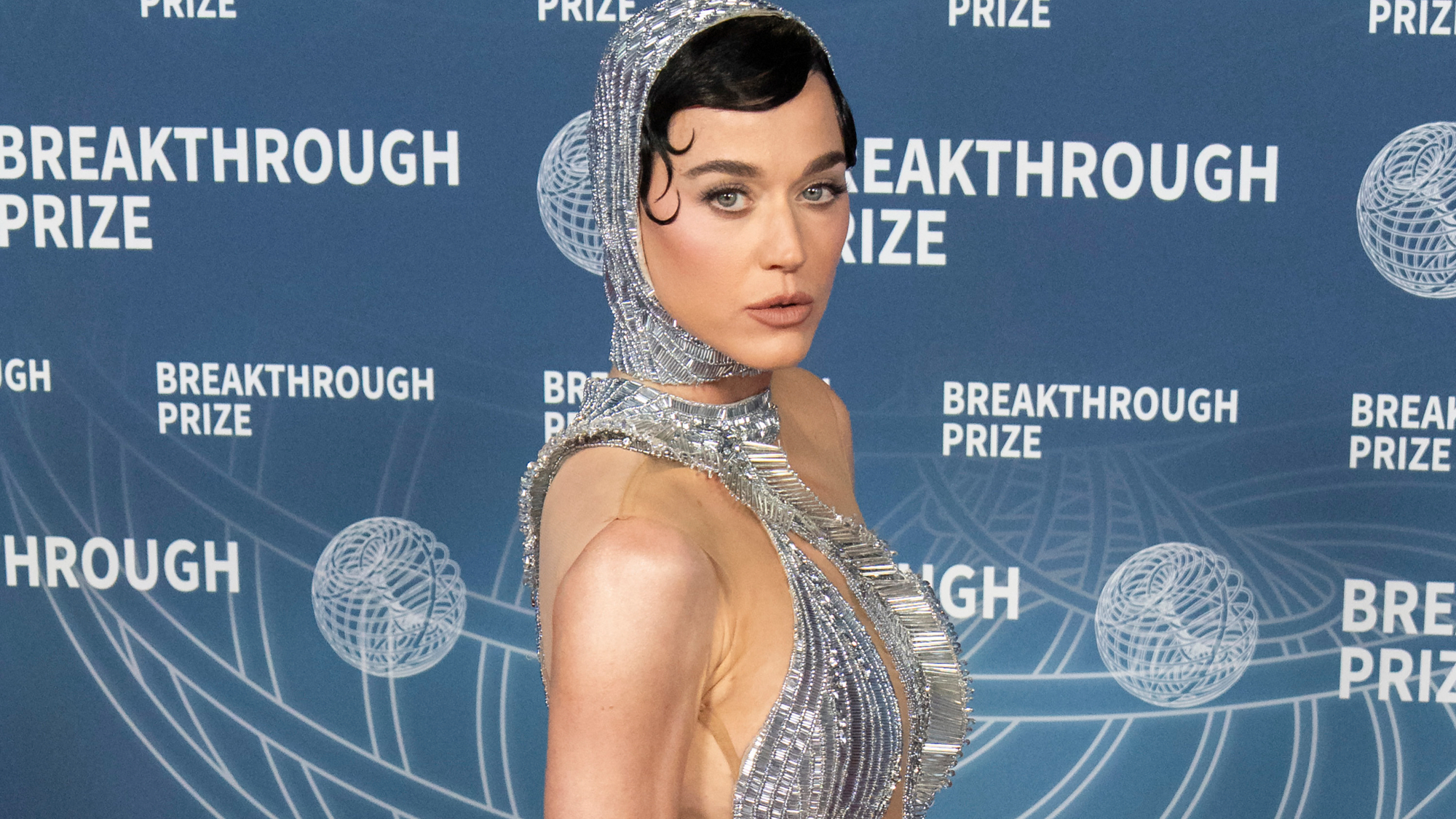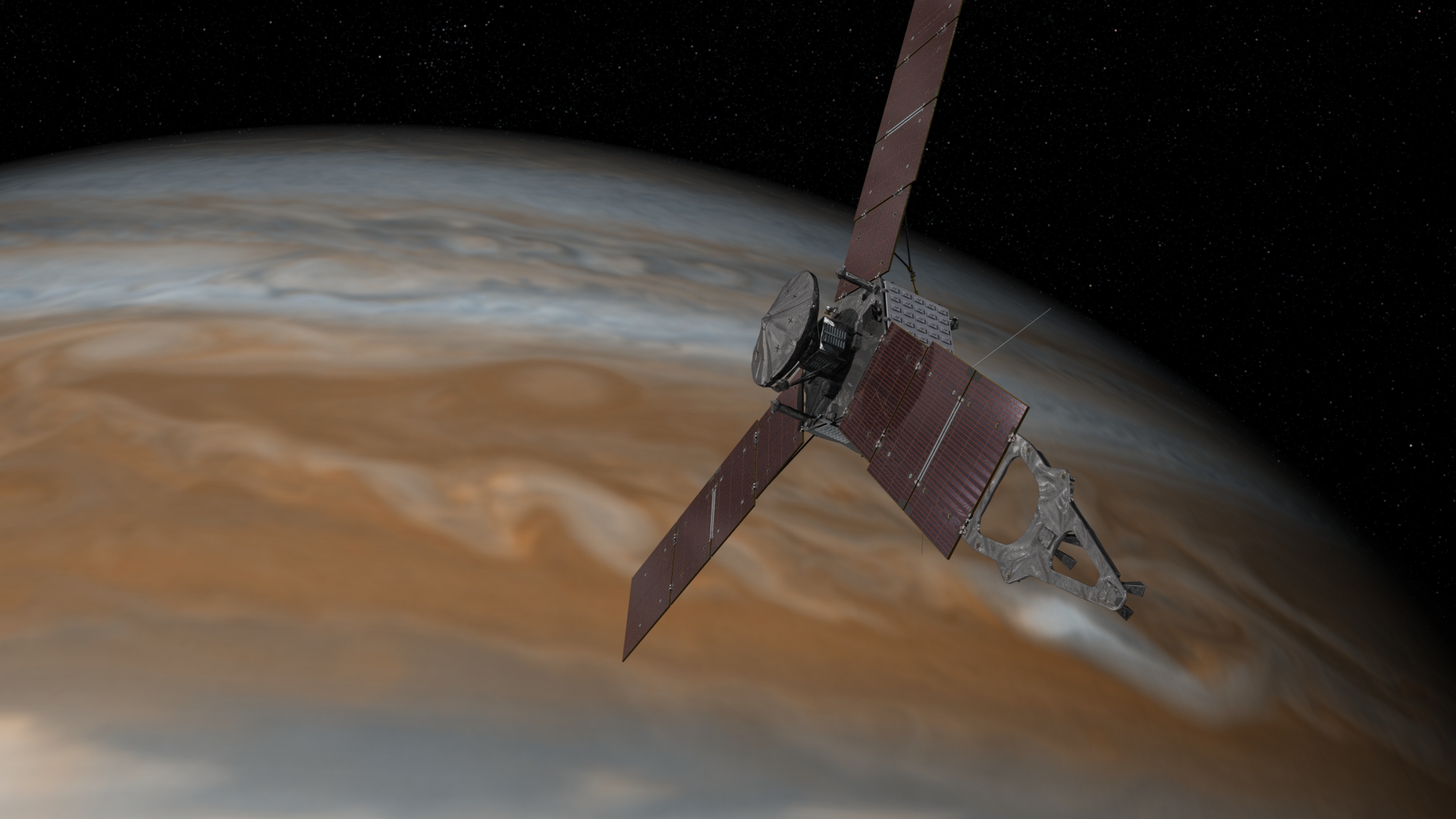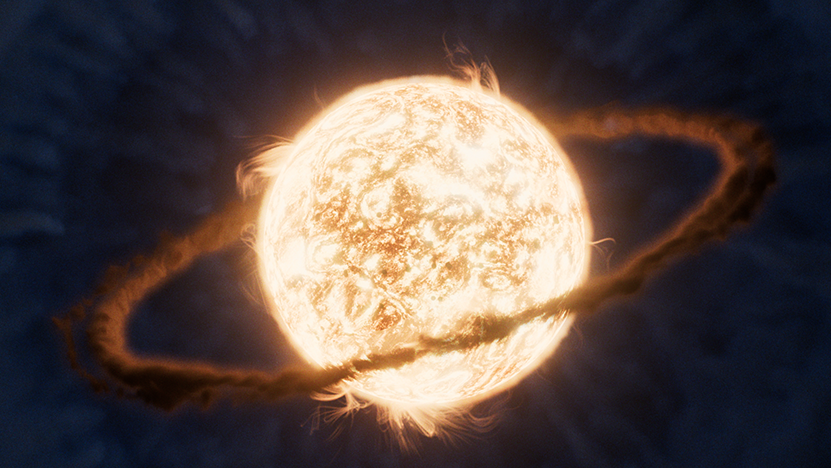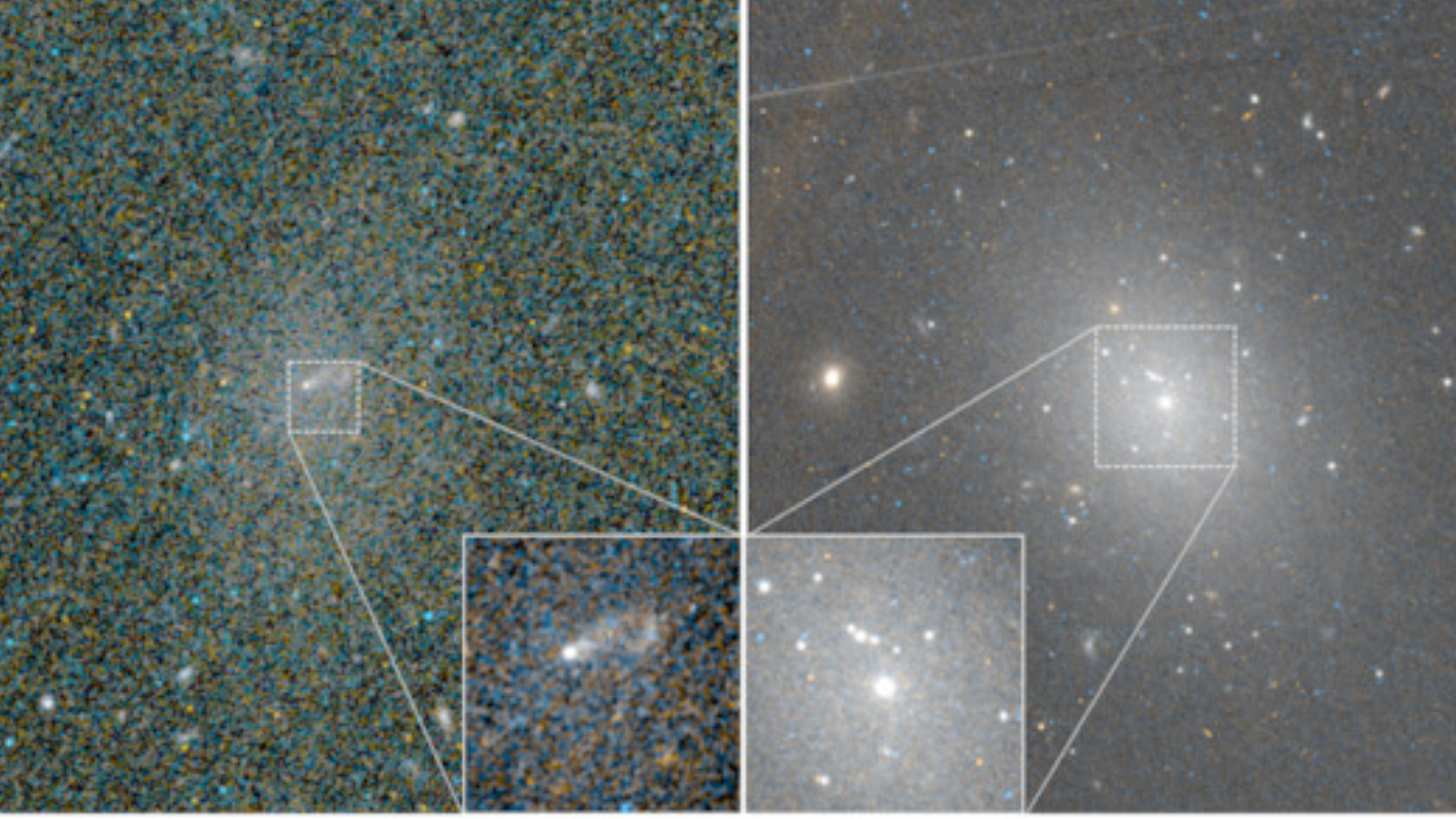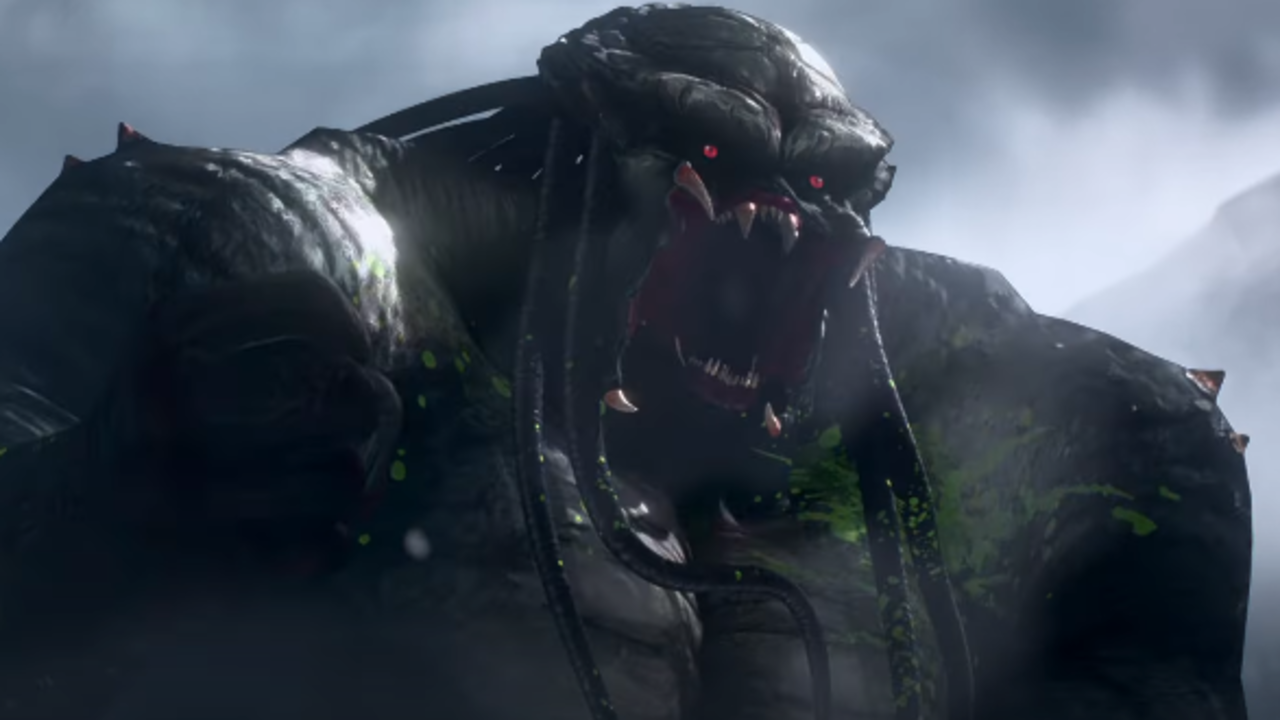James Webb Space Telescope finds supernova 'Hope' that could finally resolve major astronomy debate
"The supernova was named 'supernova Hope' since it gives astronomers hope to better understand the universe’s changing expansion rate."
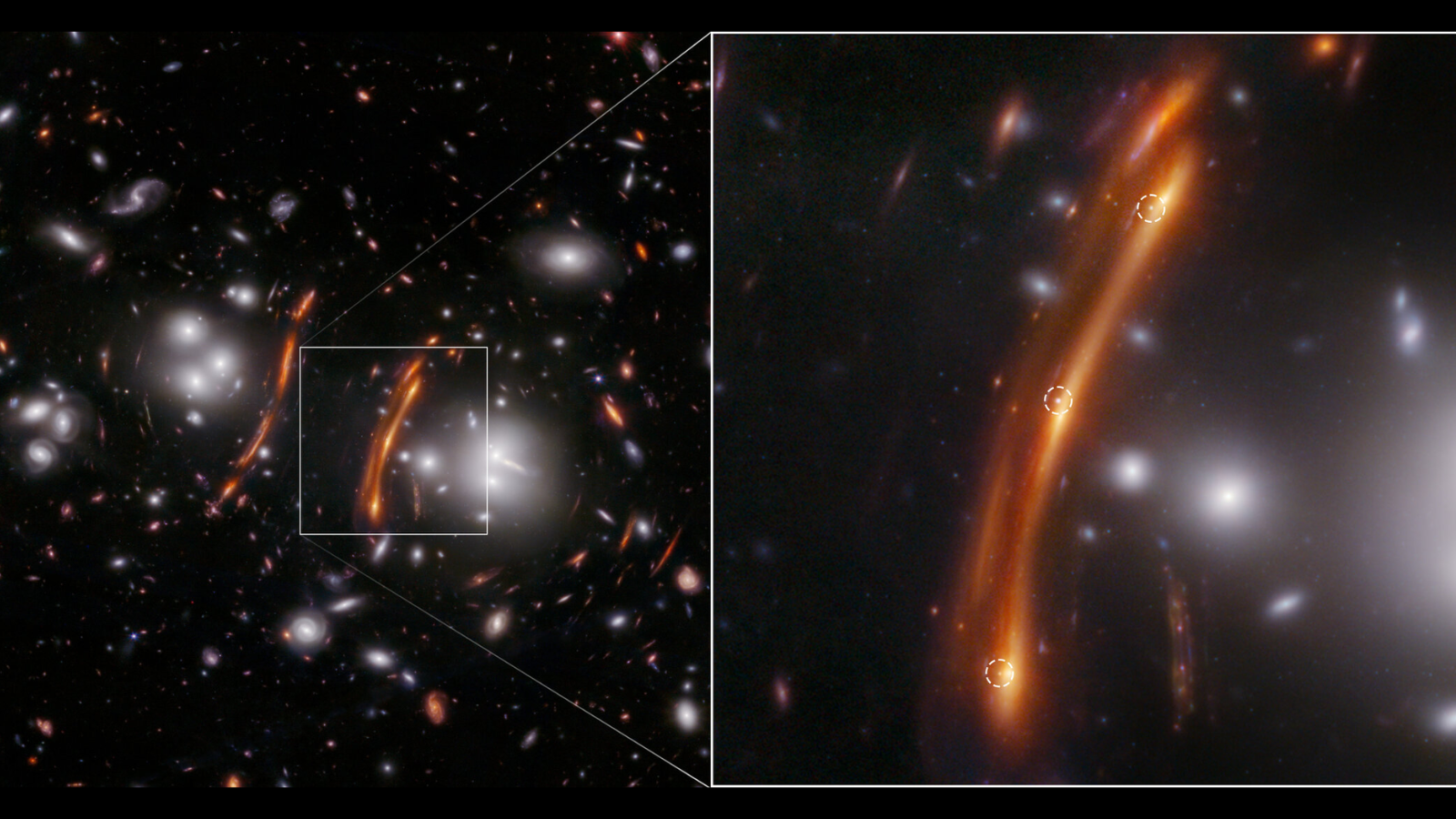
Using the James Webb Space Telescope, astronomers have captured a stunning image of a distant supernova in a galaxy that looks like it's being stretched like warm taffy.
However, the golden smear hiding this gravitationally lensed supernova, which has been nicknamed "supernova Hope," isn't just remarkable for its aesthetic value. The supernova, which exploded when the 13.8-billion-year-old universe was just around 3.5 billion years old, tells us something about a huge problem in cosmology called the "Hubble tension."
The Hubble tension comes from the fact that scientists can't agree on the exact rate of expansion of the universe, dictated by the Hubble constant. Basically, the rate can be measured starting from the local (and therefore recent) universe, then going farther back in time — or, it can be calculated starting from the distant (and therefore early) universe, then working your way up. The issue is both methods deliver values that don't agree with each other. This is where the James Web Space Telescope (JWST) comes in.
Gravitationally lensed supernovas in the early cosmos the JWST is observing could provide a third way of measuring the rate, potentially helping resolve this "Hubble trouble."
"The supernova was named 'supernova Hope' since it gives astronomers hope to better understand the universe's changing expansion rate," Brenda Frye, study team leader and a University of Arizona researcher, said in a NASA statement.
This investigation of supernova Hope began when Frye and her global team of scientists found three curious points of light in a JWST image of a distant, densely packed cluster of galaxies. Those points of light in the image were not visible when the Hubble Space Telescope imaged the same cluster, known as PLCK G165.7+67.0 or, more simply, G165, back in 2015.
Related: Weird physics at the edges of black holes may help resolve lingering 'Hubble trouble'
Get the Space.com Newsletter
Breaking space news, the latest updates on rocket launches, skywatching events and more!
"It all started with one question by the team: 'What are those three dots that weren’t there before? Could that be a supernova?'" Frye said. "Initial analyses confirmed that these dots corresponded to an exploding star, one with rare qualities."
The space surrounding G165 was selected for the PEARLS program because it is in the midst of "starburst," a period of intense star formation, and spawning 300 solar masses of stars per year. Such high star formation rates are correlated with higher instances of supernova explosions.
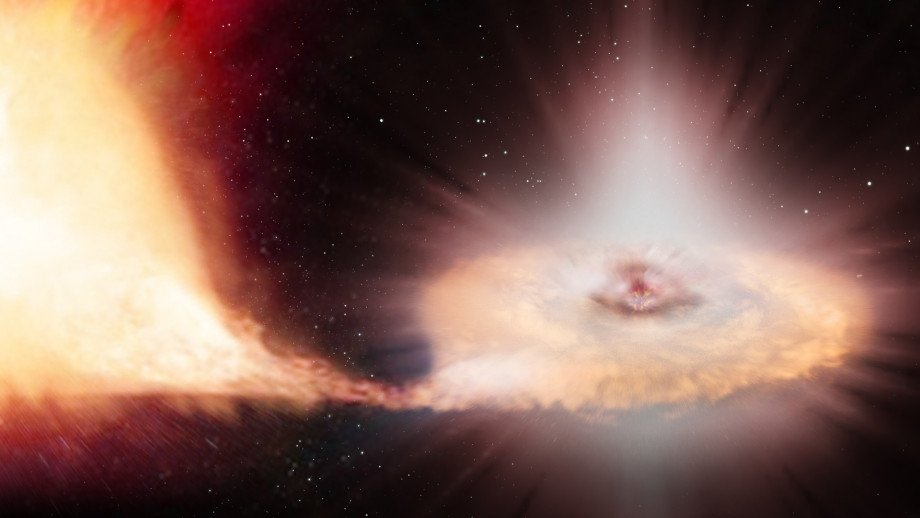
Supernova Hope is a specific type of supernova called a Type Ia supernova. These supernovas occur in binaries that contain a main sequence star, like the sun, and a star that has exhausted its fuel for nuclear fusion and has become a dead husk, called a white dwarf.
If these stellar bodies are close enough, then the dead star can act like a cosmic vampire, drawing plasma from the living, or "donor," star. As this continues, the material builds up until it triggers a thermonuclear explosion — explosions we see as Type Ia supernovas. Because of how uniform their flashes of light are, these supernovas are an excellent tool that astronomers can use to measure cosmic distances. Astronomers, therefore, refer to Type Ia supernovas as "standard candles."
One way of getting a value for the Hubble constant is to look at Type Ia supernovas in the local universe to measure their distances from us, and from one another, and then measure how fast they are receding. The other main technique of measuring the universe's expansion involves taking observations of the distant universe, then calculating how fast the cosmos is expanding through deduction.
But, again, these methods aren't in agreement. Supernova Hope, however, could act as a bridge between the two techniques.
Einstein lends a hand
Gravitational lensing is an effect predicted in Albert Einstein's magnum opus theory of gravity, which was created in 1915 and is called "general relativity."
General relativity suggests that objects with mass cause the warping of spacetime, the four-dimensional unification of space and time, with gravity arising from this curvature. The greater the mass of the object, the more extreme the warping of space and, thus, the greater the gravitational influence that object has. This is what causes moons to orbit planets, planets to orbit stars, and stars to orbit supermassive black holes.
This warping of spacetime has another interesting effect, too. When light passes an object with a strong warping influence, an object we'll now call a "gravitational lens," the light's path gets bent around the object's warp. The path the light takes depends on how close it gets to the gravitational lens.
That means light from the same object can take paths bent to different degrees and with different lengths. Therefore, that light can arrive at telescopes like the JWST at differing times. This is how a lensed background object can seem "smeared" like taffy or appear in multiple places in the same image.
That's what is happening to supernova Hope in this image as its light passes the gravitational lens G165.

"Gravitational lensing is important to this experiment. The lens, consisting of a cluster of galaxies that is situated between the supernova and us, bends the supernova's light into multiple images," Frye said. "This is similar to how a trifold vanity mirror presents three different images of a person sitting in front of it."
The University of Arizona researcher explained the effect was demonstrated right before the eyes of the team in the G165 JWST image, where the middle supernova image seemed flipped relative to the other two images.
"To achieve three images, the light traveled along three different paths. Since each path had a different length, and light traveled at the same speed, the supernova was imaged in this JWST observation at three different times during its explosion," Frye continued. "In the trifold mirror analogy, a time delay ensued in which the right-hand mirror depicted a person lifting a comb, the left-hand mirror showed hair being combed, and the middle mirror displayed the person putting down the comb.
"Trifold supernova images are special. The time delays, supernova distance, and gravitational lensing properties yield a value for the Hubble constant."

The team followed up on supernova Hope with the JWST as well as some Earth-based instruments, including the MMT 6.5-meter telescope on Mount Hopkins and the Large Binocular Telescope on Mount Graham, both located in Arizona.
This led the team to confirm that supernova Hope is anchored to a background galaxy well behind the lensing cluster G165. Light from the cosmic explosion has been traveling to Earth for 10.3 billion years, meaning this white dwarf blew its top just 3.5 billion years after the Big Bang.
"A different team member made another time delay measurement by analyzing the evolution of its light dispersed into its constituent colors or 'spectrum' from the JWST, confirming the Type Ia nature of supernova Hope," Frye said. "Supernova Hope is one of the most distant Type Ia supernova observed to date,"
Despite existing in the early universe, the value of the Hubble constant delivered by the observations of supernova Hope seems to correspond with measurements of other standard candles in the local universe, thus disagreeing with measurements of other objects in the early universe.
"Our team’s results are impactful," Frye concluded. "The Hubble constant value matches other measurements in the local universe and is somewhat in tension with values obtained when the universe was young. JWST observations in Cycle 3 will improve the uncertainties, allowing more sensitive constraints on the Hubble constant."
The team's research is in the process of being peer-reviewed before publication.
Join our Space Forums to keep talking space on the latest missions, night sky and more! And if you have a news tip, correction or comment, let us know at: community@space.com.

Robert Lea is a science journalist in the U.K. whose articles have been published in Physics World, New Scientist, Astronomy Magazine, All About Space, Newsweek and ZME Science. He also writes about science communication for Elsevier and the European Journal of Physics. Rob holds a bachelor of science degree in physics and astronomy from the U.K.’s Open University. Follow him on Twitter @sciencef1rst.
-
Torbjorn Larsson As far as I can see this lone data point is too uncertain to claim that it is in tension with other methods. The lower limit at 69.9 kms^-1Mpc^-1 overlaps with Freedman et al upper limit of 70.78 kms^-1Mpc^-1.Reply
As the Freedman group notes on their estimate, “These numbers are consistent with the current standard Lambda CDM model, without the need for the inclusion of additional new physics. Future JWST data will be required to increase the precision and accuracy of the local distance scale.”
The new method is using the suspect distance ladder SN1a magnitude data to boot. When they didn’t do that their estimate was a lot less eyebrow raising: H_0 = 71.8 +9.8 -7.6 km s^-1 Mpc^-1. -
Questioner "General relativity suggests that objects with mass cause the warping of spacetime, the four-dimensional unification of space and time, with gravity arising from this curvature."Reply
I believe and evidence supports that massfields create non-Euclidean geometry in space-time,
notably time-dilation AND space contraction.
Gravity which involves an actual acceleration energy interchange is a mechanical byproduct of that non-Euclidean geometry but doesn't arise directly from it.
Light can not accelerate, period.
Light can only follow the geometry of space-time which entails zero energy exchange.
Light follows pure vector inertia and nothing else.
Which is why light's trajectory is geometry or mass lensing and has nothing to do with gravity.
But parrot academic dogma and don't use your brains, which otherwise could damage your career.
